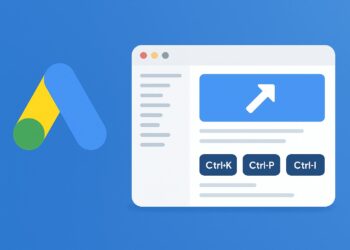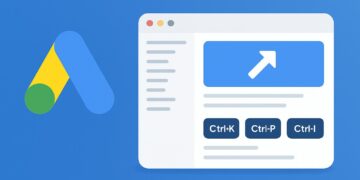Master how Google evaluates page experience beyond Core Web Vitals in 2025. Learn which UX choices tip competitive rankings when relevance is close.
Which statement best reflects Google’s 2025 guidance on page experience as a ranking consideration?
It’s a standalone ranking system based only on Core Web Vitals.
Page experience scores must exceed 90 to be indexed.
It’s not a single ranking system; multiple aspects beyond Core Web Vitals are considered.
Only LCP and CLS matter; INP is ignored for ranking.
Which metric replaced First Input Delay (FID) in Core Web Vitals as of 2025?
Interaction to Next Paint (INP)
First Contentful Paint (FCP)
Time to First Byte (TTFB)
Total Blocking Time (TBT)
Beyond Core Web Vitals, which practice is explicitly recommended in 2025 to improve page experience?
Disable caching to ensure fresh content on every request.
Use multiple pop‑ups on page load for faster conversions.
Replace JSON‑LD with microdata for speed gains.
Serve pages over HTTPS and avoid intrusive interstitials.
When two pages are similarly relevant, how can page experience affect rankings in 2025?
The slower page always wins if content is longer.
A better page experience can be a deciding factor.
Only ad density determines the winner.
Page experience is ignored if content is similar.
Which combination aligns with 2025 page experience best practices?
Good CWV, mobile-friendly layout, clear ads labeling, and secure transport.
Flash widgets, infinite pop‑unders, and non‑responsive tables.
Blocking CSS to speed first paint.
Heavy interstitials, desktop‑only layout, mixed content, and no caching.
As of 2025, how does Google treat page experience evaluation scope?
Only domain authority determines experience signals.
Site‑level only; individual pages are not considered.
Primarily page‑level, with some site‑level assessments.
Folder‑level only; templates are ignored.
Which statement about Core Web Vitals scoring is accurate in 2025?
Sites failing CWV are removed from Search automatically.
CWV thresholds are required for indexing.
Crossing CWV thresholds guarantees #1 rankings.
Meeting recommended CWV thresholds is helpful but doesn’t guarantee rankings.
Which user experience issue is called out as harmful to page experience in 2025 guidance?
Compressing images with AVIF.
Providing descriptive alt text for images.
Using semantic HTML for headings.
Excessive or intrusive ads that disrupt content consumption.
What does Google recommend focusing on in 2025 besides metrics?
Irrelevant internal links to inflate crawl.
Replacing navigation with pop‑ups for speed.
Helpful, people‑first content quality alongside technical UX.
Spun content at scale paired with CDN caching.
Which of the following is a Core Web Vital in 2025?
Time to Interactive (TTI)
Cumulative Layout Shift (CLS)
DOM Content Loaded
Speed Index
Starter
Starter: Review Core Web Vitals, HTTPS, and avoid intrusive interstitials.
Solid
Solid: Prioritize templates with poor INP/CLS and reduce disruptive ad layouts.
Expert!
Expert: Balance UX with ranking trade‑offs and track field vs lab data continuously.
Jumpstarting your prep with Page Experience Signals Beyond Core Metrics Interview Questions will help you explain how factors like interaction readiness and visual stability influence rankings. Begin by exploring our search engine optimization interview questions guide to cover the essentials. Then test your knowledge on prioritizing site crawls with the Crawling Budgets Prioritising Large Sites Q&A, sharpen your outreach strategy in the Link Building in an Algorithmic PR World mock interview, and master real-time visibility through the News SEO Indexing Speed & Top Stories Carousel quiz. Tackling these interview questions will give you the clarity and confidence to discuss advanced page experience signals like a pro.








